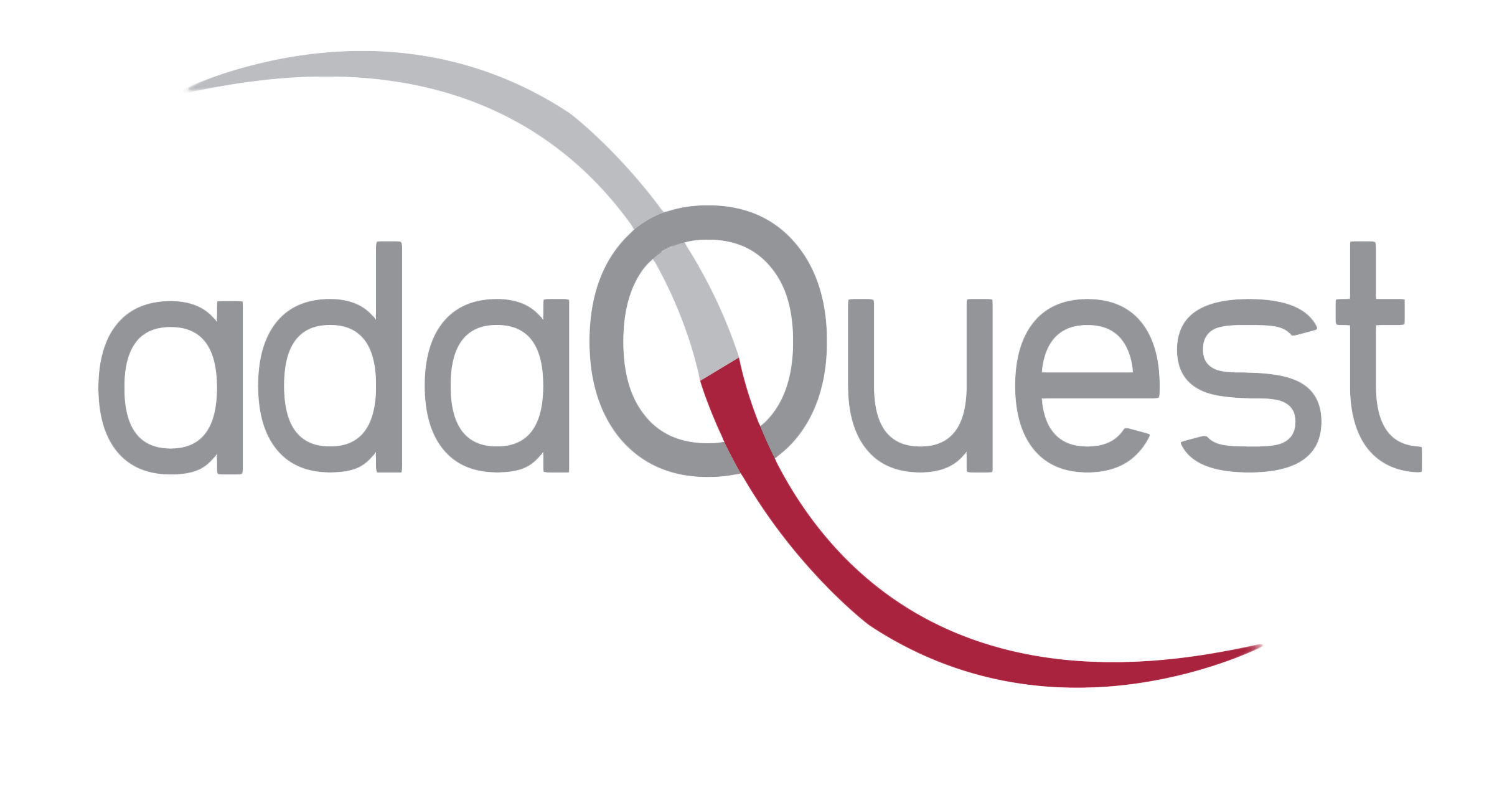
27 Jul Microsoft Information Governance in Microsoft 365
Use Microsoft Information Governance (sometimes abbreviated to MIG) capabilities to govern your data for compliance or regulatory requirements.

Looking to protect your data? See Microsoft Information Protection in Microsoft 365.
To help you comply with data privacy regulations, we’ve designed a workflow to guide you through an end-to-end process to plan and implement capabilities across Microsoft 365, including secure access, threat protection, information protection, and data governance. For more information, see Deploy information protection for data privacy regulations with Microsoft 365 (aka.ms/m365dataprivacy).
Information governance
To keep what you need and delete what you don’t:
| Capability | What problems does it solve? | Get started |
|---|---|---|
| Retention policies and retention labels | Retain or delete content with policy management and a deletion workflow for email, documents, instant messages, and more
Example scenario: Apply a retention label to content automatically |
Get started with retention policies and retention labels |
| Import service | Bulk-import PST files to Exchange Online mailboxes to retain and search email messages for compliance or regulatory requirements | Use network upload to import your organization’s PST files to Microsoft 365 |
| Archive third-party data | Import, archive, and apply compliance solutions to third-party data from social media platforms, instant messaging platforms, and document collaboration platforms | Third-party connectors |
| Inactive mailboxes | Retain mailbox content after employees leave the organization | Create and manage inactive mailboxes |
Records management
To manage high-value content for legal, business, or regulatory obligations:
| Capability | What problems does it solve? | Get started |
|---|---|---|
| Records management | A single solution for email and documents that incorporates retention schedules and requirements into a file plan that supports the full lifecycle of your content with records declaration, retention, and disposition
Example scenario: Disposition of records |
Get started with records management |
Licensing requirements
License requirements for Microsoft Information Governance depend on the scenarios and features you use, rather than set licensing requirements for each capability listed on this page. To understand your licensing requirements and options, see the Information Governance and Records Management sections from the Microsoft 365 licensing documentation, and download the related PDF or Excel.
Microsoft Information Governance is more than auto-apply functionality, and we will describe the most important ADG features for records management.
1) Auto-apply retention or record labels based on…
Sensitive Information Types – When you create auto-apply retention labels for sensitive information, you see the same list of policy templates as when you create a data loss prevention (DLP) policy in Office 365.
-
Each policy template is preconfigured to look for specific types of sensitive information. For example, the template shown here looks for U.S. ITIN, SSN, and passport numbers.
-
These templates can be further extended to identify specific information specific to your organisations information or industry requirements.




-
Users then don´t have to worry about records management since this happens automatically based on the information type they selected, e.g. how long to keep it, what should happen at the end of the retention.
Machine learning – Microsoft is just about to introduce (currently in preview) new machine learning to automate records management.
-
Admins train the ‘machine classifiers’ with sample documents (known as ‘seed data’) before testing the accuracy against a bigger sample with relevant and non-relevant information.
-
The solution is very easy to use, and admins can increase the accuracy by reviewing the results and improve accuracy by telling the machine if information is relevant vs not relevant.
2) Applying a default retention or record label to all content in a SharePoint library, folder, or document set
Users can apply a default retention label to a SharePoint library (Site Owners), folder / document set (Members), so that all documents in that location get the default retention label.
-
For example, if you have a tag for marketing materials, and you know a specific document library contains only that type of content, you can make the Marketing Materials tag the default for all documents in that library.
3) Advanced Managing Record revisions (known as Advanced Record versioning)
This feature allows you to create a new version from a file declared as a record without creating file copies or invalidating the file hyperlinks. e.g. updated safety procedure, updated corporate presentation
-
Retention period of previous version declared as records will not be impacted, – this continues as planned
-
Retention for the new revision starts when it is declared again as a record
-
The URL stays the same, which means users clicking on links to the old record will find the new revision


4) Event-based Retention
Event-based retention allows you to start retention when something happens, e.g. user leaves your organization.
-
It requires a unique identifier or ‘AssetID’ as metadata to identify relevant information, e.g. employee number or email address
-
It requires a trigger to start the retention, e.g. from SAP that the employee leaves, or manually in the Security & Compliance Center.
5) Disposition
Disposition is defining what should happen at the end of the retention, e.g. should a record then be deleted, be manually reviewed, or nothing should happen (record becomes a document again)





Sorry, the comment form is closed at this time.